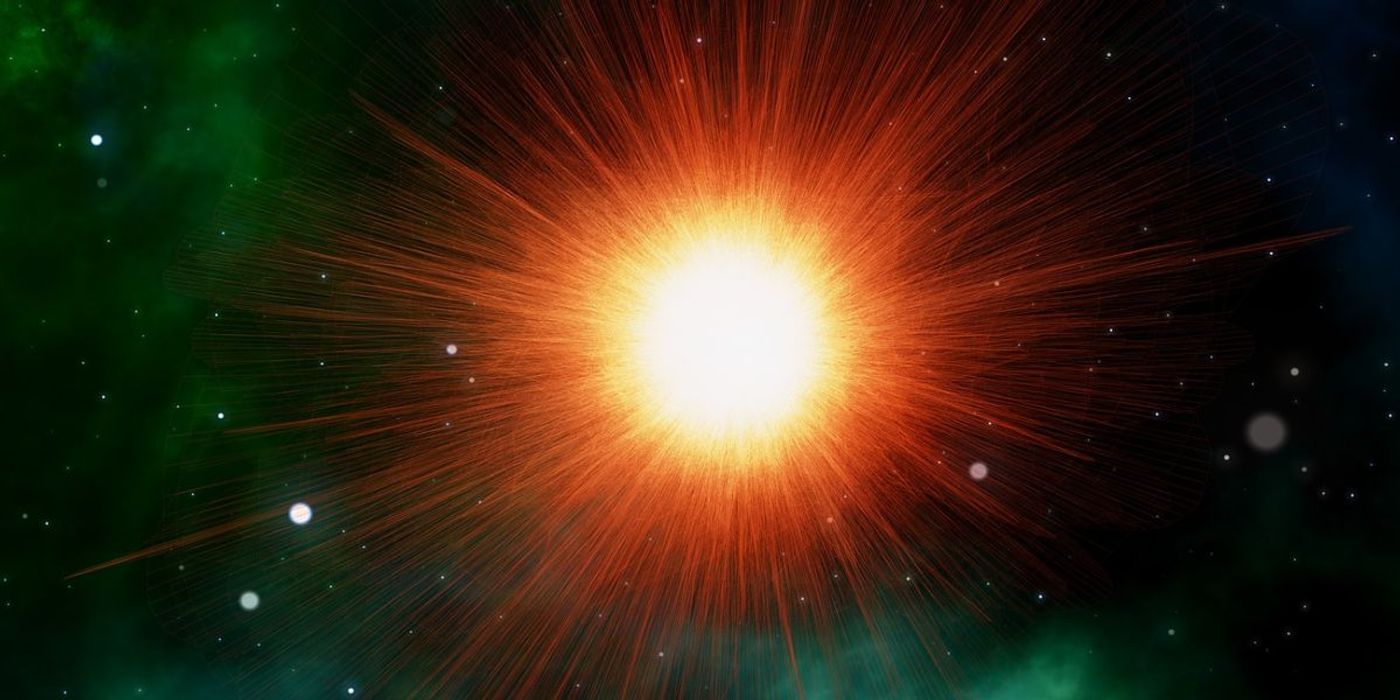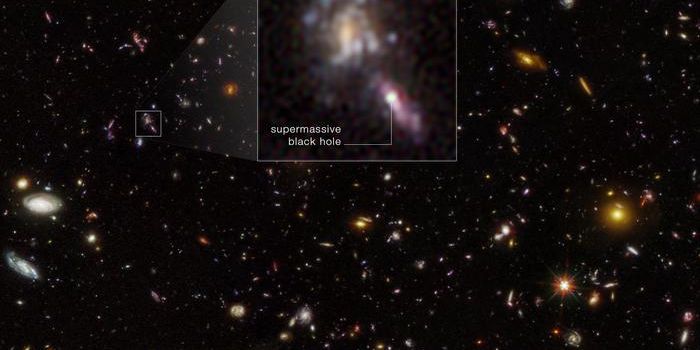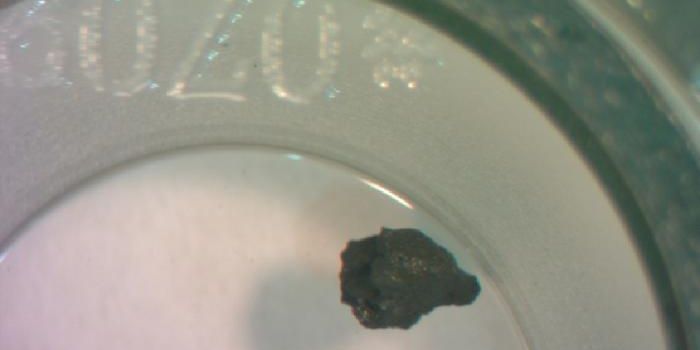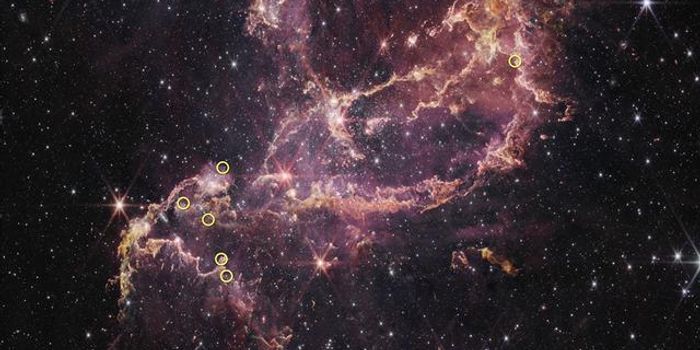Why Do Some Stars Vanish from Space?
Current theories suggest that stars undergo changes on timescales of millions or billions of years, and that their end is marked by an unmissable supernova explosion that may be visible for hundreds of millions of light-years. But can stars disappear from space overnight?
The Vanishing and Appearing Sources during a Century of Observations (VASCO) project is setting out to find all kinds of vanishing objects in space, including stars. In particular, they would like to find a star that goes from a steady state to vanishing entirely. Something that has yet to be documented, the researchers say that such an observation could lead to new physics.
In the pursuit of such an observation, the researchers are using data from 70 years ago and comparing it to data from today to see whether the sky has changed. Historical data in use includes that from the Samuel Oschin Telescope which produced photographic plates for an all-sky survey. Their modern data comes from telescopes at Hawaii’s Haleakala Observatory.
"All of these surveys are freely available, and everything has been digitized and is online," says Beatriz Villarroel, from the Nordic Institute for Theoretical Physics in Sweden.
"Our IT team at Uppsala University has developed a citizen science webpage where you can click and combine images at ml-blink.org. We have computer game developers who have looked at making the design more appealing, and we also have an AI in development.”
Villarroel added that the point of the citizen science webpage is for people to compare the images themselves. If they find something curious, they can leave a comment to notify the scientists, who will follow up on and verify their findings when they can. This involves seeing whether whatever is flagged up already has a counterpart in the Pan-STARRS data, as well as looking into factors such as its shape and brightness to see whether it has been caused by a defect on the photographic plates of the original survey.
So far, scientists have already identified over 800 potential ‘missing’ stars. To confirm that they truly vanished from space, however, further analysis is needed. Nevertheless, even if they are later confirmed to have not vanished, the researchers say these objects are still intriguing in their own right.
"We have found a number of short-lived transients that appear on one image, and then not again.” says Villarroel. “Those account for most of what we've found so far, but there are other things we're not sure of what they are yet.”
“We've studied some of these short-lived transients, and they don't seem to be M-dwarf flares [the huge outbursts caused by the tangled magnetic fields of faint red dwarf stars that may cause them to brighten by a factor of 100 or more], or any type of supernova. I think we can start excluding those options."
Sources: Space.com, Uppsala Universitet









